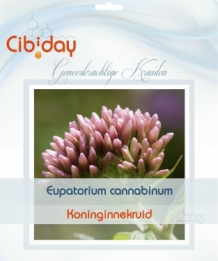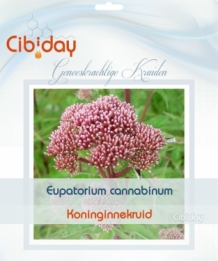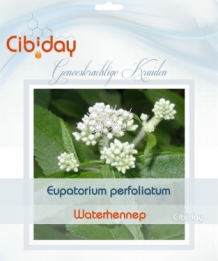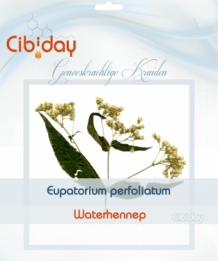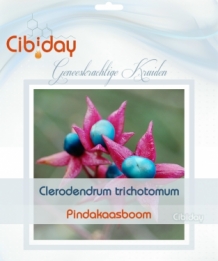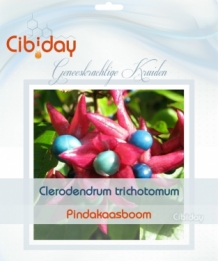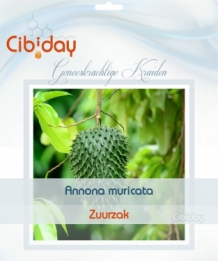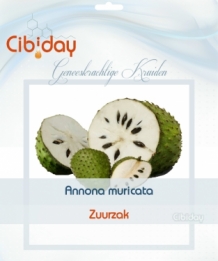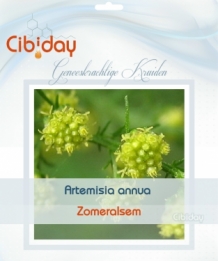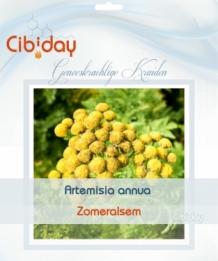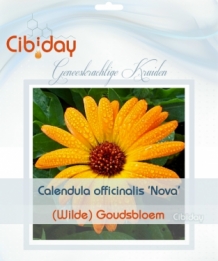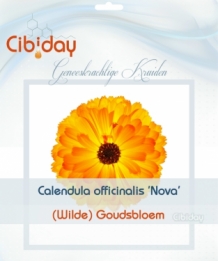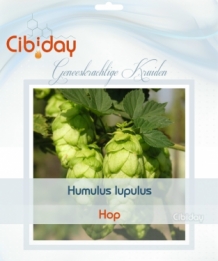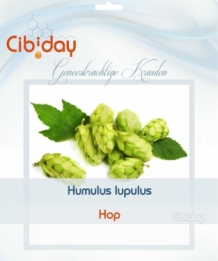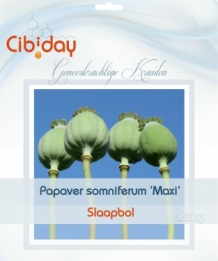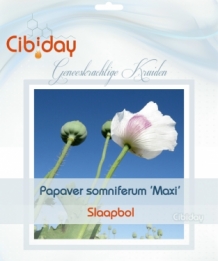Growing Wholesome Herbs
Growing Beneficial Herbs – Handy and easy!
Besides the beneficial CBD from cannabis, there are many more other beneficial components in about 50,000 useful plants and herbs. Ever since the beginning of human history these herbs have been used in traditional medicine.
Ancient herbal knowledge
This extensive herbal knowledge was passed from generation to generation and the known medicines from earlier days happened to be wholly made up of herbal preparations of completely natural origins. In the past years the interest in the use of natural means has risen substantially and the health promoting properties are currently being studied extensively.
Endocannabinoid system (ECS)
As has been shown that cannabinoids from cannabis plants can trigger certain receptors in the body, so it has also been discovered that certain terpenes in herbs, like β-caryophyllene, act like cannabinoids and exhibit some binding affinity to the cannabis-receptor CB2. Through interaction with these CB2-receptors various functions are controlled amongst other things which ensure that the right balance of the internal environment of the body is maintained.
Important information can be found at the bottom of the page
23 Items
Koninginnekruid Zaden - Eupatorium Cannabinum - Hennepachtig Leverkruid Koninginnekruid, dat de botanische naam Eupatorium Cannabinum draagt, is een hennepachtige plant uit de composietenfamilie (Asteraceae). De naam Eupatorium is afgeleid van het woord hepar , dat in het Latijns lever betekent. Daarnaast is Eupator de bijnaam van ...
Waterhennep Zaden - Eupatorium perfoliatum - 0.2 gram zaden! Waterhennep, met de botanische naam Eupatorium perfolatum, is een plant die net als Koninginnekruid tot de Asteraceae familie behoort. Deze plantenfamilie staat ook bekend onder de namen composieten-, aster-, daisy- of zonnebloemfamilie. In het Engels wordt de plant ook wel ...
Pindakaasboom Zaden - Clerodendrum trichotomum De Pindakaasboom (Clerodendrum trichotomum) is een struik die oorspronkelijk uit China en Japan komt en tot de lipbloemenfamilie (Lamiaceae) wordt gerekend. De flinke struik of kleine boom heeft zijn naam te danken aan de sterke pindakaas geur die de grote puntige bladeren na het wrijven en kneuzen o...
Zuurzak Zaden - Annona muricata Zuurzak is een bekende tropische plant die tot de custard appelboom familie (Annonaceae) behoort. De kleine, groenblijvende boom beschikt over glanzende, ovaalvormige bladeren en vormt donkergroene, stekelige vruchten die ei-vormig zijn. De grote vruchten, die enige gelijkenis in uiterlijk vertonen met d...
Goudsbloem - Calendula officinalis 'Nova' - 1500 Zaden! Wilde Goudsbloem, met de botanische naam Calendula officinalis 'Nova', is een ongecultiveerde vorm van de bekende, eenjarige heemplant die op zuiverheid getest is. De enkelbloemige plant is makkelijk te telen en kan rechtstreeks in de tuin gezaaid worden. Het heilzame kruiden...
Hop Zaden - Humulus lupulus Hop, met de wetenschappelijke naam Humulus lupulus, is een tweehuizige, meerjarige klimplant die wordt gerekend tot de hennepfamilie ( Cannabaceae). De nuttige plant, waarvan het bovengrondse gedeelte iedere winter afsterft, is vooral bekend vanwege de toepassing in bier. Populaire klimplant De na...
Slaapbol Zaden - Papaver somniferum 'Maxi' - Opiumbol! De Slaapbol, die de wetenschappelijke naam Papaver somniferum draagt, is een bekende eenjarige plant die tot de papaverfamilie (Papaveraceae) wordt gerekend. Deze soort, die zeer grote zaaddozen vormt, staat bekend als de grote oorspronkelijke maanzaadbol of opiumpapaver. U...
General sowing information
For seeds of different plant species different sowing recommendations apply. Because of this do make sure to pay close attention to the sowing information on the related product pages. In general it is held that you do not sow the seeds deeper than twice their own size.
A seed which is approximately 1 millimeter in size therefore has to be sown only 2 millimeters deep. And it means you can put a 1 centimeter sized seed 2 centimeters deep in the ground.
Best harvest time
In order to benefit as much as possible from the beneficial ingredients in herbs determining the right time for harvesting is important. This time is different for each part of the plant.
• Leaves: You can collect the leaves during the entire growth season. The growth season in most cases starts in the spring and ends in the autumn. If you want to harvest a lot of plants from a particular species, it is recommendable to prune the plants to half size early in the summer. You can then harvest a second time in the autumn.
• Flowers: The flowers are best picked right after they open.
• Fruits / Seeds / Pits: Pick the fruits, seeds and pits when they are ripe and not shriveled or spoiled.
• Roots: The best time to harvest the roots is after the autumn since by then they will have stored all the significant nutrients.
What is phytotherapy?
Phytotherapy literally means treatment with plants. This includes all treatments which contain only plants, parts of plants or plant materials in a raw or processed state as active ingredients. With these treatments no use is made of substances derived from animals, like honey for instance. The word phytotherapy comes from the Greek words phyton which means plant and therapeia.
Buying dried herbs?
You do not want to grow your own plants and herbs, but would like to take advantage of the many health benefits? In our product range it is also possible to purchase ready-to-use dried herbs with which you can start immediately. You can for instance add the herbs to a meal, but you could also make a healthy tea with it. You can also process the herbs in empty capsules so you can very easily consume a daily dose with being bothered by the taste.
Risks and detrimental effects
Despite the fact herbs are completely natural products, there can indeed be risks and detrimental health effects after using them. Some herbs can be toxic in certain dosages and some can cause an interaction with medications.
Interaction with medications
Some herbal preparations can cause negative effects when taken at the same time as medications. This could mean that the effect of a medication is decreased or rather to the contrary increased,
which could lead from minor to serious side effects occuring.
It is therefore at all times recommendable to confer with a physician, pharmacist or phytotherapist if the intended herb can influence the effect of a prescribed medication. For that matter it could also be that the interaction actually provides beneficial effects.
Herbs which might cause a possible interaction
Below is a list which has been put together by the RIVM (National Institute for Public Health and the Environment ) by order of the NVWA (Netherlands Food and Consumer Product Safety Authority ). On the list herbs are mentioned of which is known that they can cause possible interactions with medications:
• American ginseng (Panax quinquefolius)
• Danshen or red sage (Salvia miltiorrhiza) • Turmeric (Curcuma longa) – Available as dried herb
• Ginkgo or maidenhair tree (Ginkgo biloba)
• Green tea plant (Camellia sinensis)
• Garlic (Allium sativum)
• Milk thistle (Silybum marianum) • St John's-wort (Hypericum perforatum) – Also available as dried herb
• Valerian (Valeriana officinalis) • Coneflower (Echinacea) – Also available as dried herb



